table of contents:
Introduction
Tulle fabric , light, airy and delicate, this iconic material appeals to seamstresses and decorators alike. Used for a wedding dress , a fairy costume or a party atmosphere, tulle fabric is an essential choice for adding volume, elegance and transparency. Thanks to its many variations – from rigid tulle to soft tulle , from cotton to synthetic mesh – it offers great creative freedom while requiring a certain know-how to be used well.
But how do you choose the right lightweight, sheer fabric for your project? What are the differences between the different types of tulle? Is it easy to sew or maintain? This comprehensive guide takes you step by step to understand the benefits of tulle fabric , its technical characteristics, the mistakes to avoid, and the best sewing or decorating ideas to create at home.
What is tulle fabric?
Tulle fabric is an openwork textile that appeals for its lightness and transparency. Its net or mesh structure makes it ideal for delicate, festive, or decorative sewing projects. To choose the right fabric, it's essential to understand where it comes from and how it's made.
Origin and manufacture of tulle
Tulle takes its name from the French town of Tulle, where it was produced as early as the 19th century. Originally made by hand, it is now manufactured mechanically, using very fine threads (cotton, nylon, or polyester) woven to form a hexagonal or square mesh. This particular construction gives tulle fabric its distinctive texture, similar to a fine mosquito net.
The main characteristics of tulle fabric
Tulle fabric is a very fine, airy and almost transparent material. It is distinguished by:
- A soft or rigid texture depending on the material used.
- A voluminous fall without being heavy.
- A wide variety of colors and widths available.

What are the different types of tulle available?
Not all tulle is created equal. There are a multitude of types, each suited to specific uses: clothing, decoration, lingerie, or events. This chapter helps you distinguish between the main varieties.
Rigid tulle vs. soft tulle
Stiff tulle is ideal for adding volume to a skirt or tutu. It holds up well, but can be slightly rough to the touch. Conversely, softer and more fluid tulle is perfect for more airy creations like veils or accessories.
Cotton, polyester or nylon tulle: what are the differences?
The materials influence the fit and use of the tulle fabric :
- Cotton tulle : soft, natural, ideal for elegant or vintage projects.
- Polyester tulle : durable, inexpensive, suitable for decorations.
- Nylon tulle : light, flexible and resistant, perfect for wedding dresses or costumes.
COMPARATIVE TABLE : Types of tulle
| Type of tulle | Matter | Flexibility | Recommended use | Average price |
|---|---|---|---|---|
| Rigid tulle | Nylon | Weak | Skirts, tutus, costumes | € |
| Soft tulle | Polyester | Average | Sails, light decoration | €€ |
| Mesh tulle | Nylon/spandex | High | Lingerie, stretch clothing | €€ |
| Cotton tulle | Cotton | Average | Elegant couture, retro dresses | €€€ |
How to choose tulle fabric for sewing?
Choosing the right tulle fabric depends on the project you're working on. You need to consider the fabric's flexibility, mesh density, and desired finish. Here are some tips to help you.
List of projects according to the type of tulle
- Tulle for skirt or wedding dress : choose a soft and flowing tulle, such as illusion tulle.
- Tulle for decoration (wedding, baptism, etc.) : choose a rigid tulle, inexpensive and available in rolls.
- Tulle for costumes or disguises : a colored synthetic tulle will do the trick.
- Fishnet tulle for lingerie or clothing : choose an elastic version with a tighter mesh.

What are the advantages and disadvantages of tulle?
Before buying tulle fabric , it's good to know its strengths... but also its limitations. This unique fabric can be impressive at first glance, but with the right tools, it works very well.
The advantages of tulle fabric
- Lightweight, transparent, breathable.
- Available in many colors and sizes.
- Excellent for creating volume without weight.
- Cheap (especially polyester versions).
Limits to know before buying
- The tulle can slide under the presser foot.
- It tears easily if the thread tension is too high.
- It can snag needles , especially if they are thick or blunt.
List of tips :
- Use fine needles (60/70) .
- Avoid long seams: prefer short stitches.
- Work with pliers instead of pins to avoid holes.
How to sew and care for tulle fabric?
Sewing tulle fabric requires some technical adjustments. Its care is also specific, particularly to maintain its lightness and elasticity.
Sewing tips to avoid mistakes
To sew tulle correctly:
- Work with a microtex or fine needle .
- Set a low thread tension to avoid breaking the fabric.
- Use fine polyester thread for greater discretion.
- Overlock the edges if necessary to prevent fraying.
Ironing, washing and storing tulle
- Washing : preferably by hand, or machine wash in a washing bag.
- Ironing : very gentle iron, without steam, and with a protective cloth.
- Storage : Rolled or hung, away from light to prevent yellowing.
Bonus for tulle fabric: inspirations and creative ideas
Tulle fabric inspires many original projects, both simple to make and spectacular. Here are some ideas for using up your tulle scraps or bringing your own creations to life.
- DIY decoration : tulle pompoms, hanging garlands, light tablecloths.
- Creative sewing : children's capes, mesh bags, decorative cushions.
- Trendy accessories : bow headbands, ceremonial veils, textile flowers.
Conclusion: choosing and using tulle fabric wisely
Tulle fabric is a valuable ally for your sewing, decorating, or event projects. Lightweight, transparent, and available in many materials, it allows you to create airy and elegant pieces while giving free rein to your imagination. By understanding the different types of tulle (rigid, flexible, mesh, etc.), their uses, and sewing tips, you can choose the fabric best suited to your needs. Remember to maintain it well and use the right tools to facilitate its handling. Whether you're making a wedding dress , party decorations, or a chic accessory, tulle fabric remains a safe bet for adding finesse and volume to your creations. Now it's your turn to try it out in your next sewing projects!

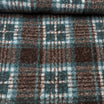

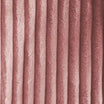

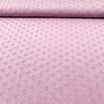
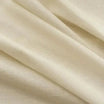
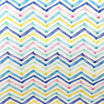
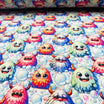

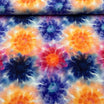

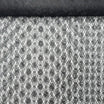
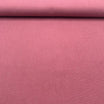
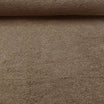

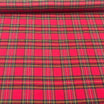
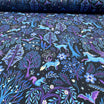
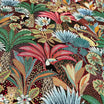

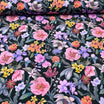
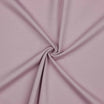
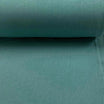
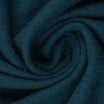
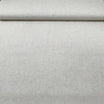

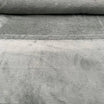
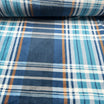

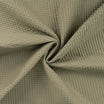





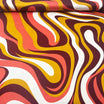


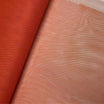

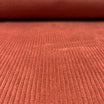
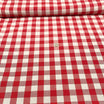
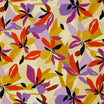
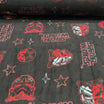
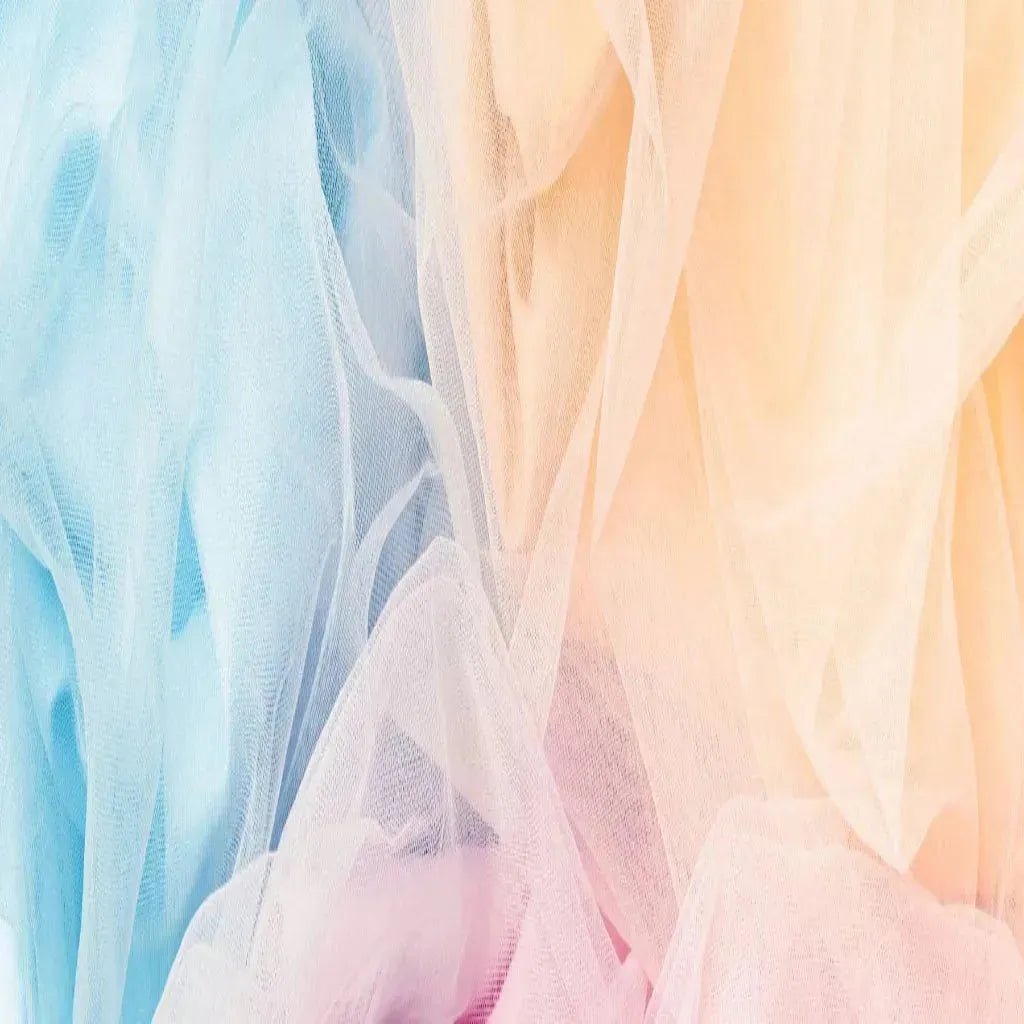
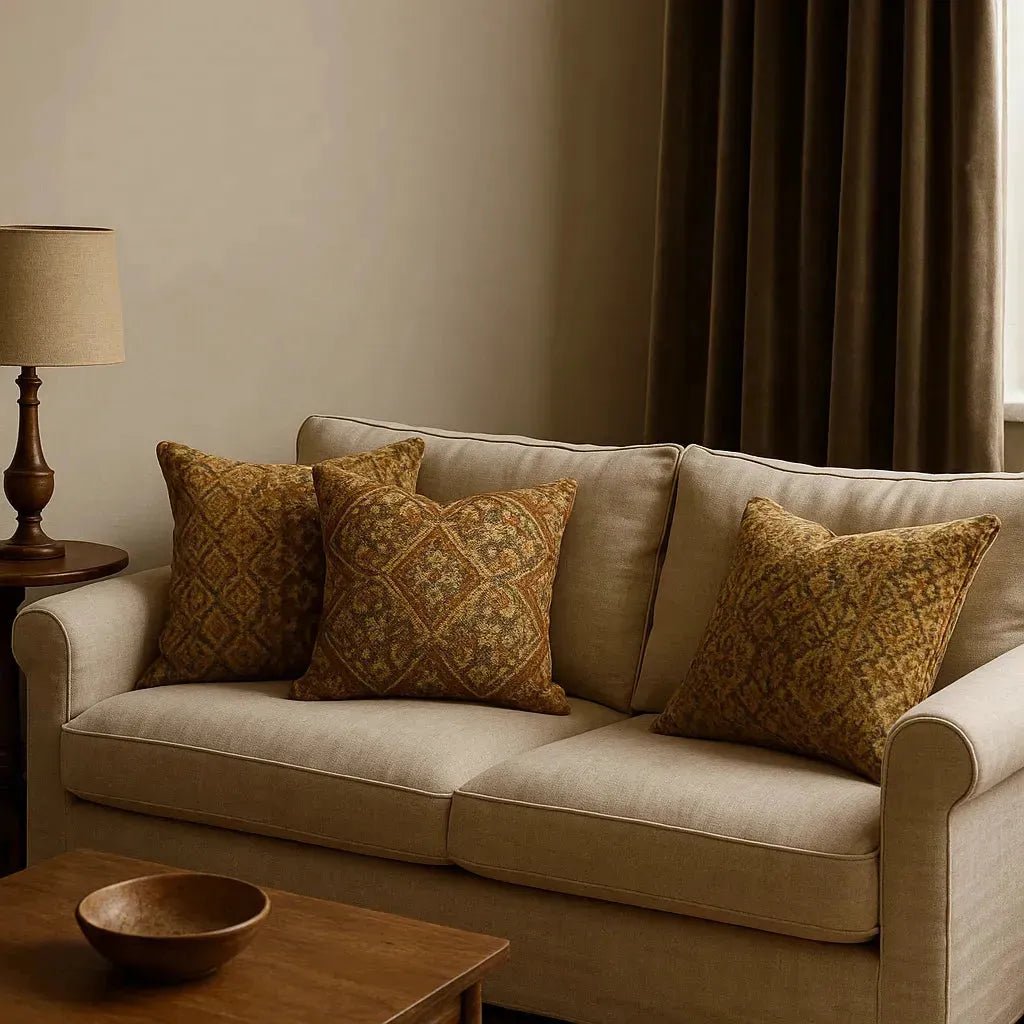

Leave a comment
All comments are moderated before being published.
This site is protected by hCaptcha and the hCaptcha Privacy Policy and Terms of Service apply.